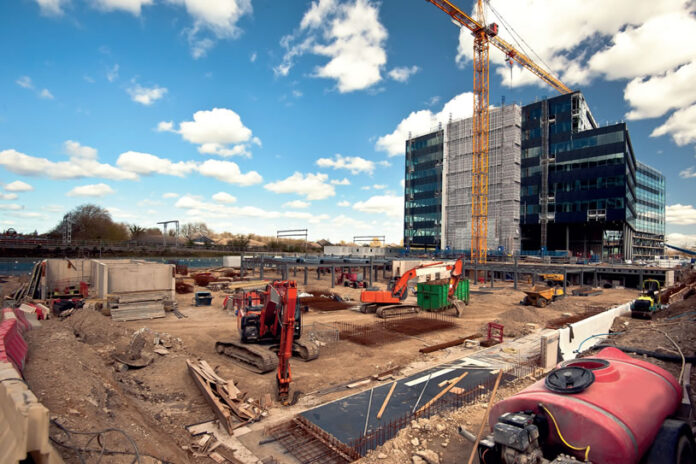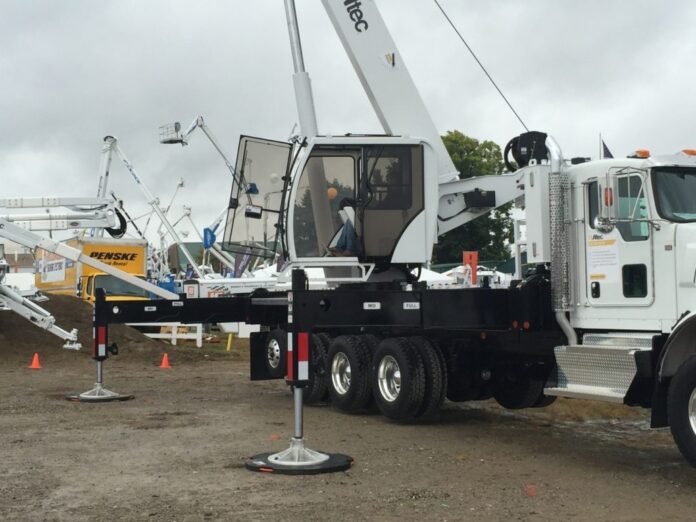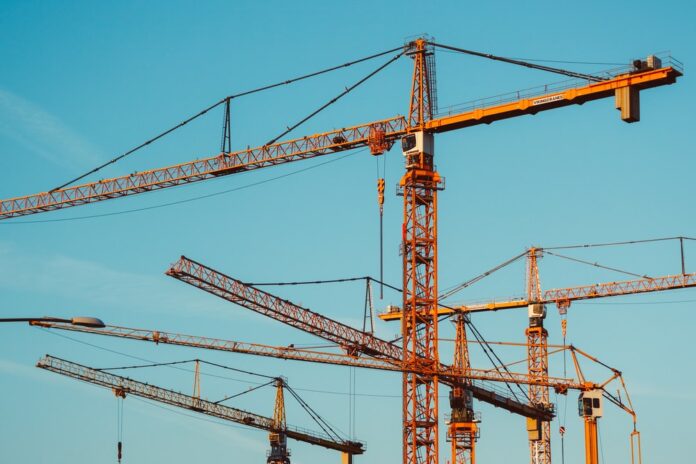
Are you currently planning a specific construction project and thinking about which vehicles and machines you need to rent to complete it successfully? There are a number of different machines and equipment that can be useful to you depending on what type of construction project it is.
For example, boom trucks and cranes can make work much easier, but for starters, understanding the difference between them is crucial. Although many people think it’s the same thing, boom tracks and cranes actually have different uses.
To ensure that you choose the optimal piece of equipment for the intended purpose, it is important to educate yourself in time about the characteristics of each of them. So, if you want to learn more about the differences between a boom and a crane, keep reading.
General differences between a boom and a crane
If you are a complete ignoramus in this area, it is important that you first understand some general differences between a boom and a crane. We can say that boom truck is a broader term, and crane is a subspecies of boom truck.
In other words, thanks to the variety of boom truck designs, it can become a crane depending on which elements are used. On the other hand, a crane is a narrower term and always refers to the equipment used to lift and transfer cargo from one location to another.
Boom trucks

We can say that boom trucks are practical pieces of equipment that are very important on a construction site for lifting loads. These loads can weigh anywhere between a few tons to more than 50 tons and a boom truck can lift and stack them without any trouble.
With boom trucks, very high precision is achieved when lifting loads, which greatly distinguishes them from other, similar, pieces of equipment. They are very easy to move and do not take up too much space, so they can move around the construction site easily and are very simple to maneuver.
By using boom trucks, much higher speed, precision and accuracy are achieved when lifting and stacking loads, which is probably their biggest advantage. The way boom trucks work is quite different from the crane mechanism, because unlike them, these trucks do not use counterweights.
Another practical thing about boom trucks is that some types contain a loading basket to lift workers to very large and inaccessible heights, which often comes in handy.
In addition to construction, other industries that often use this type of equipment are power and electricity, oil and gas, and commercial roofing.
Some of the boom truck types

The two basic types of boom trucks are telescopic and articulating, and each of them finds its application in different types of projects. For example, a telescopic boom truck is the best choice when the work is done on uneven terrain or there are some inaccessible places that workers need to access. In such situations, the telescopic boom truck will significantly facilitate the execution of tasks.
However, if the goal is not to lift the load to a great height, but to achieve great precision, then an articulating boom truck is definitely a better choice. This type of boom truck is well known for its bending ability, which enables the mentioned properties, and these pieces of equipment are often used only for moving around objects.
If you are looking for a Maui boom truck lifting service, we recommend that you check out hawaii-equipment.com/boom-truck-maui. They can lift your HVAC units of any size and shape from side and rear yards, as well as from roofs. Contact them and find out how they can help you successfully complete your upcoming projects.
Cranes

A piece of equipment that is often mistaken for a boom truck are cranes. As mentioned, this equipment is used to lift and carry very heavy loads. Boom trucks can become cranes in some situations, if appropriate elements are added to them.
However, basically, cranes differ from boom trucks in that they are much more stable and use a counterweight to accomplish their purpose. Also, this equipment uses ropes, cables and chains to lift and transport very large loads.
The two basic types of cranes are fixed (used in various industrial facilities) and mobile, and there are a number of different subtypes of cranes that specialize in performing specific tasks.
Some of the companies that most often use crane services are construction, but also oil, chemical, as well as many companies in the agricultural sector.
Different types of cranes

All-terrain cranes are types of cranes that are always a good choice, regardless of the type of project, land, weather and other conditions. On the other hand, there are rough terrain cranes that are most ideal for the early stages of a project, while the terrain is still rough and inaccessible.
This type of crane moves with ease, despite the fact that the ground is still not paved, thanks to its large wheels.
When it comes to really big construction projects that involve carrying very heavy loads, you need a crawler crane. This type of crane moves on crawler tracks and can lift loads weighing even a few hundred tons.
Another type of standard crane that is a good choice for pretty much any construction project is the conventional truck. This type of crane is very adaptable and offers great flexibility – it can even be driven on the highway. They can lift a much higher load compared to boom trucks, and they do so quickly and with great precision. They are usually used to carry standard material, such as steel or concrete.
Conclusion:
People often confuse the boom truck for a crane, and if you are one of them and are considering renting equipment for your upcoming construction projects, we advise you to first find out about the differences between them. Only then will you be able to choose the right piece of equipment for your task.
Both boom trucks and cranes have their benefits and different types that are a good choice for some specific project. Boom trucks are very mobile, precise and practical, and cranes best perform the function for which they are intended: lifting and transferring very heavy loads from one location to another.








